GPCR/G protein

All GPCRs share a common seven trans-membrane structure. GPCRs are associated with heterotrimeric G-proteins which are GTP-binding proteins made of alpha, beta, and gamma subunits. When a ligand binds to GPCR, it activates the attached G-protein, the GDP is replaced with GTP. The activated G-protein then dissociates into an alpha and a beta-gamma complex which activates downstream signaling pathways. These intracellular signaling pathways include cAMP/PKA, calcium/NFAT, phospholipase C, protein tyrosine kinases, MAP kinases, PI-3-kinase, nitric oxide/cGMP, Rho, and JAK/STAT.
GPCRs are one of the most important therapeutic targets for various diseases, over 30% of all modern medicinal drugs target this family. Aberrant GPCR functions are involved in pathological conditions such as neurological, immunological and hormonal disorders. A large number of GPCRs have been identified, but whose ligands are not known, are classified as orphan receptors.
-
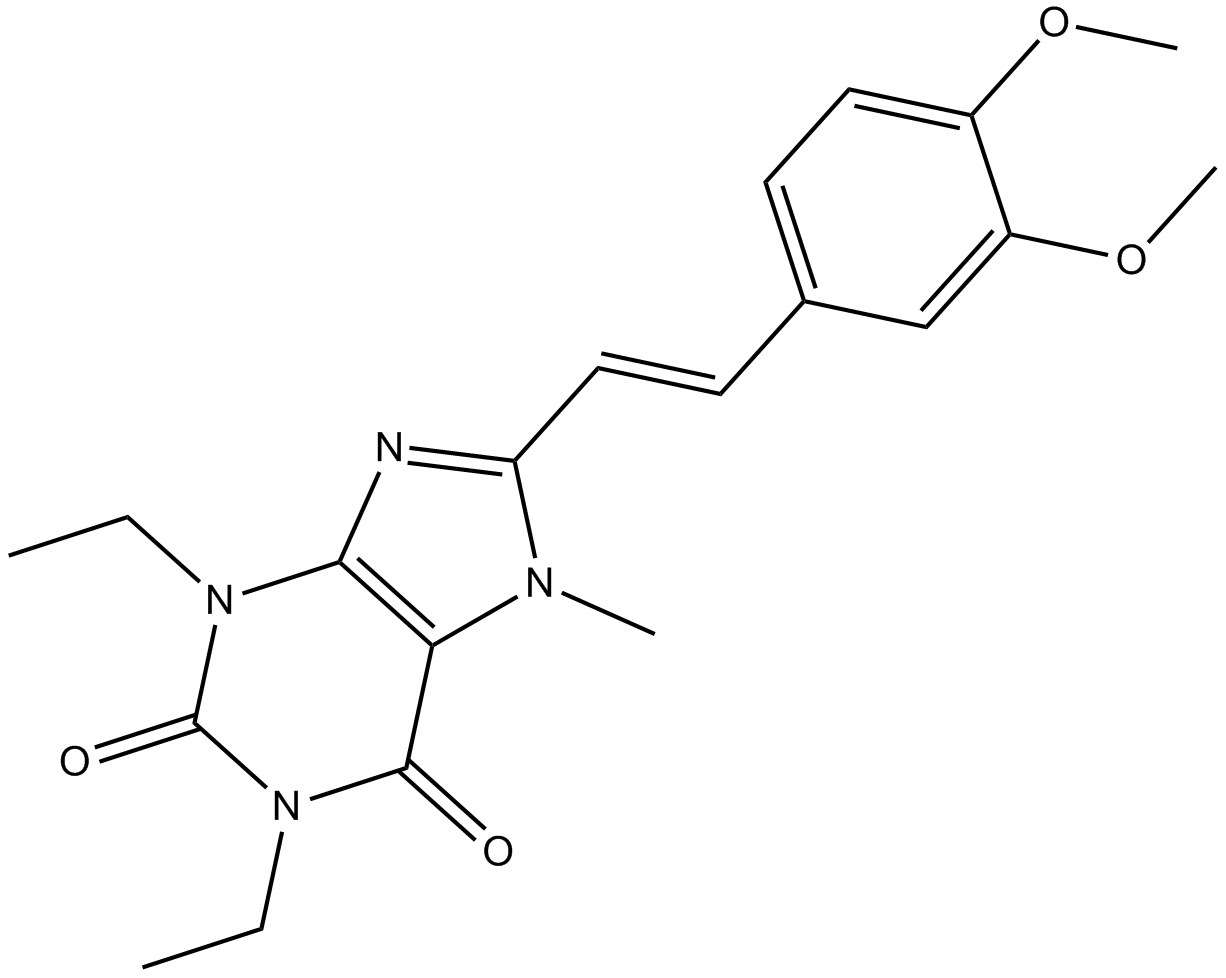 A8454 Istradefylline (KW-6002)Target: Adenosine A2A ReceptorsSummary: Selective A2A receptor antagonist
A8454 Istradefylline (KW-6002)Target: Adenosine A2A ReceptorsSummary: Selective A2A receptor antagonist -
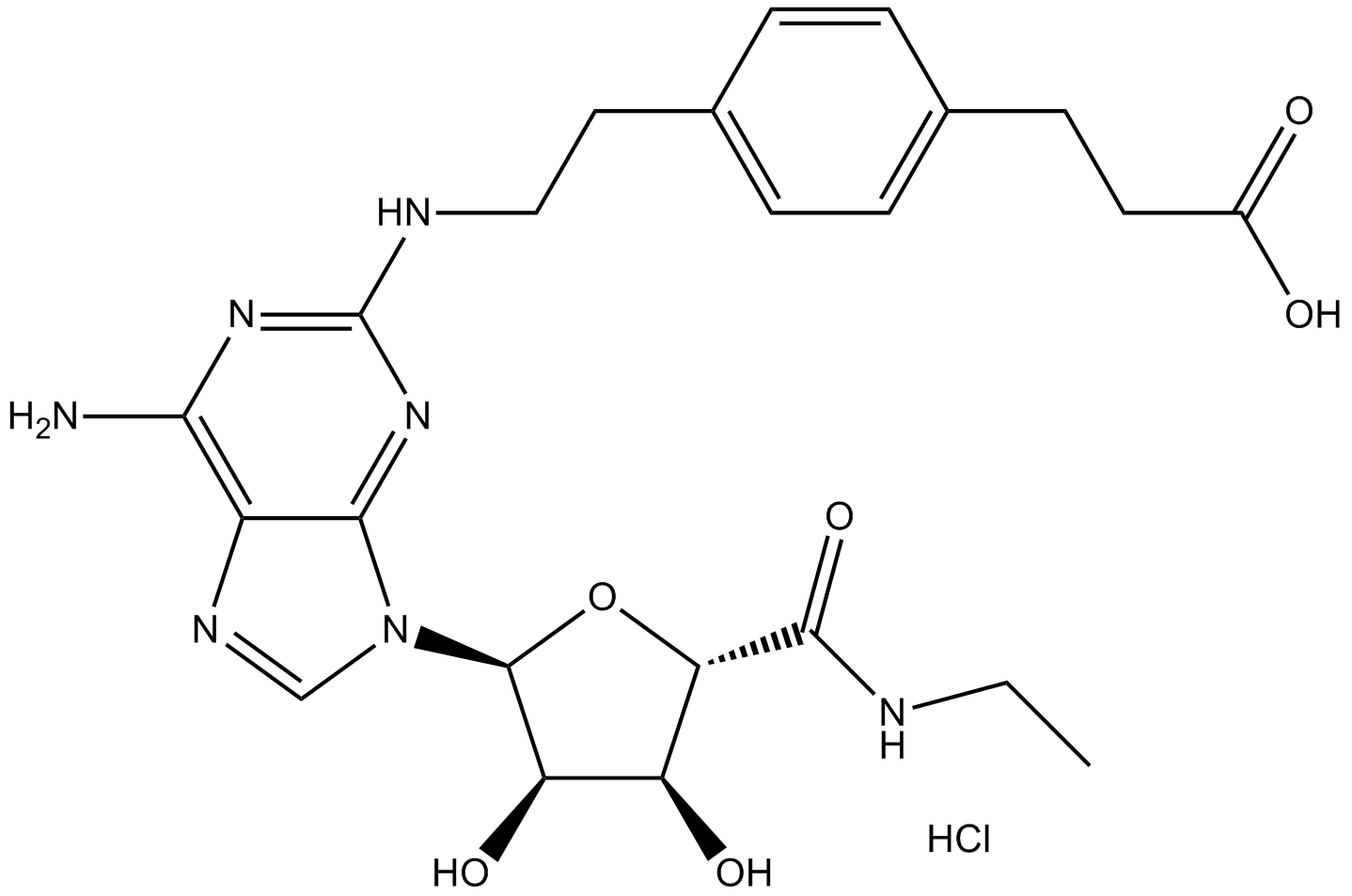 B1324 CGS 21680 HClSummary: A2 adenosine receptor agonist
B1324 CGS 21680 HClSummary: A2 adenosine receptor agonist -
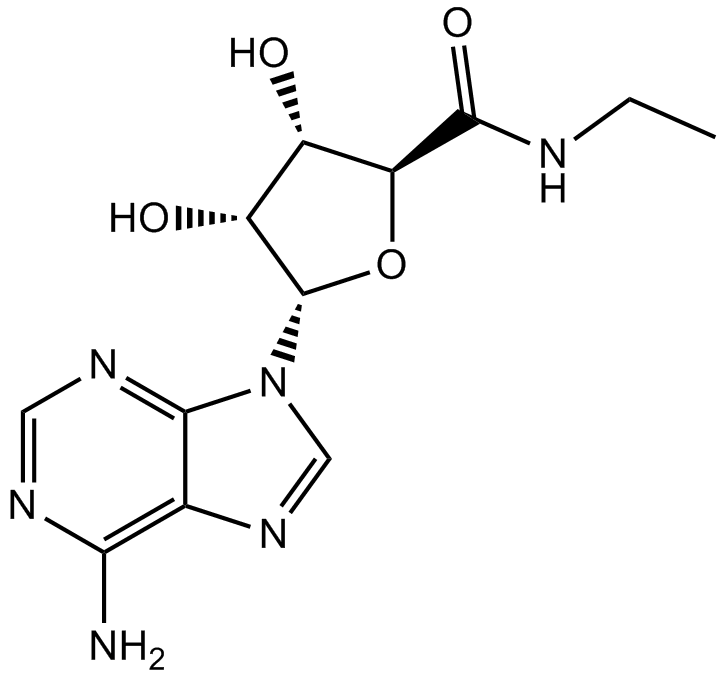 B5164 NECASummary: adenosine receptor agonist, non-selective
B5164 NECASummary: adenosine receptor agonist, non-selective -
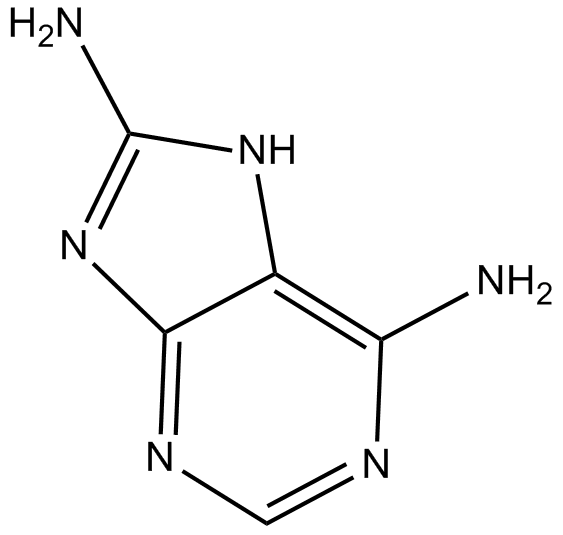 B5520 8-AminoadenineSummary: Adenine receptor agonist
B5520 8-AminoadenineSummary: Adenine receptor agonist -
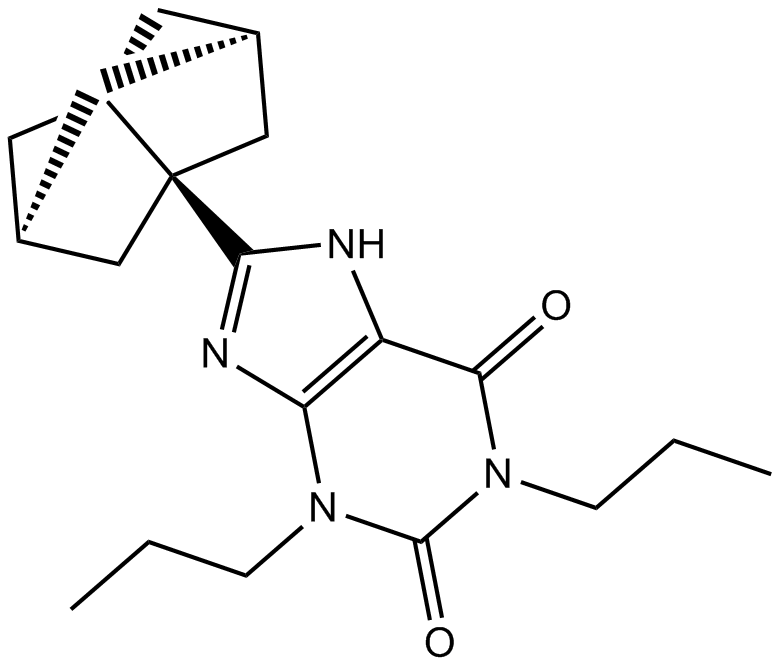 B5537 KW 3902Summary: adenosine A1 receptor antagonist
B5537 KW 3902Summary: adenosine A1 receptor antagonist -
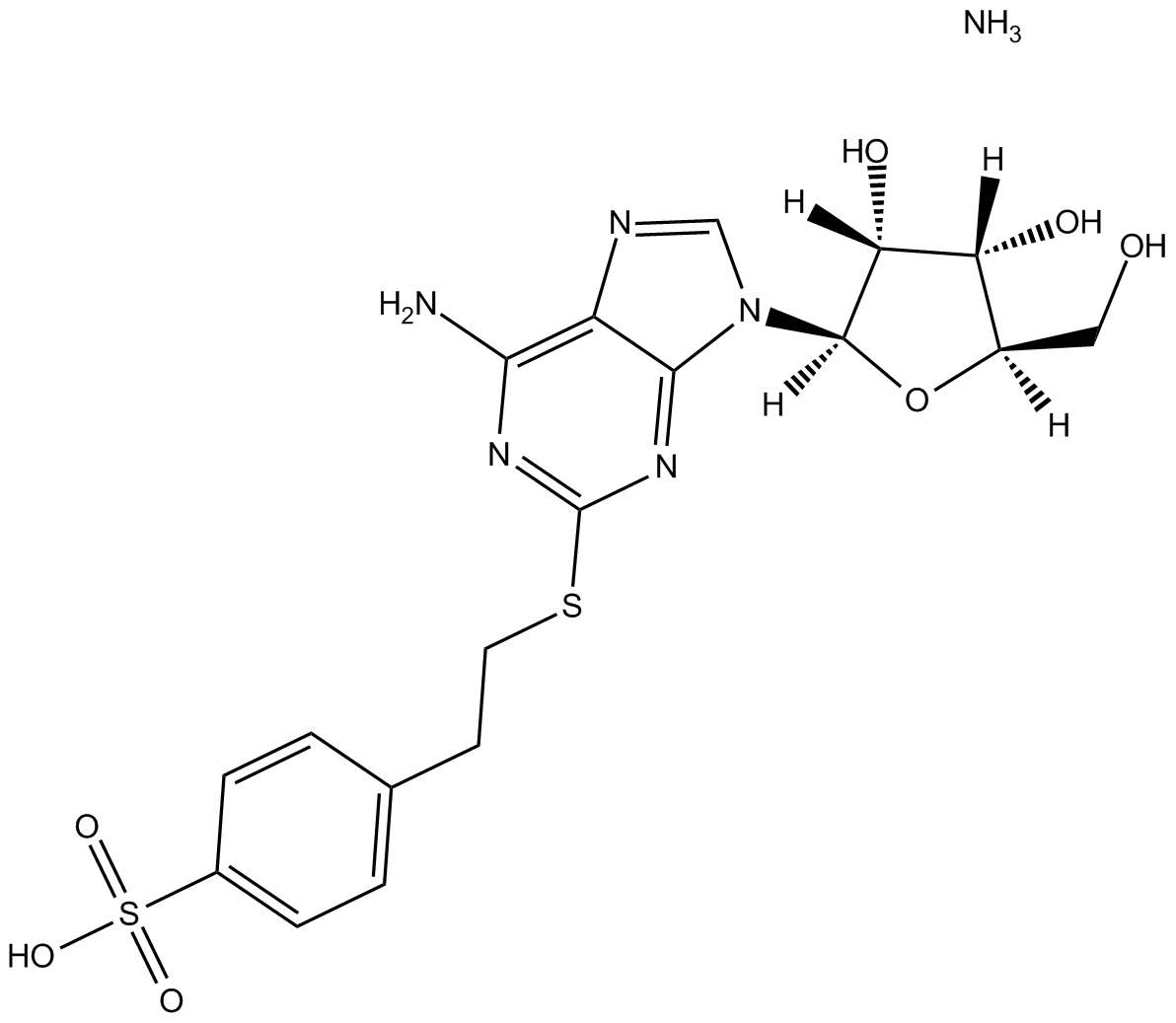 B5557 PSB 0777 ammonium saltSummary: adenosine A2A receptor full agonist
B5557 PSB 0777 ammonium saltSummary: adenosine A2A receptor full agonist -
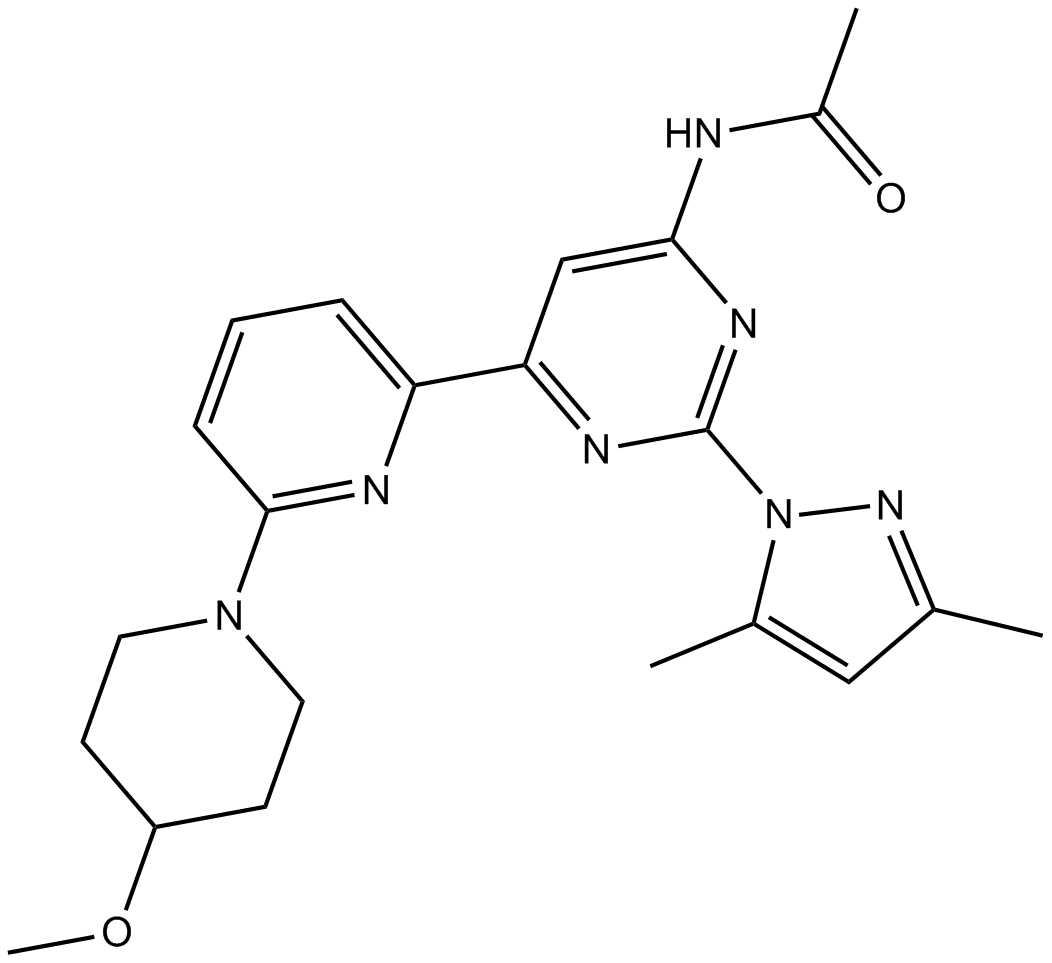 B5580 TC-G 1004Summary: adenosine A2A receptors antagonist
B5580 TC-G 1004Summary: adenosine A2A receptors antagonist -
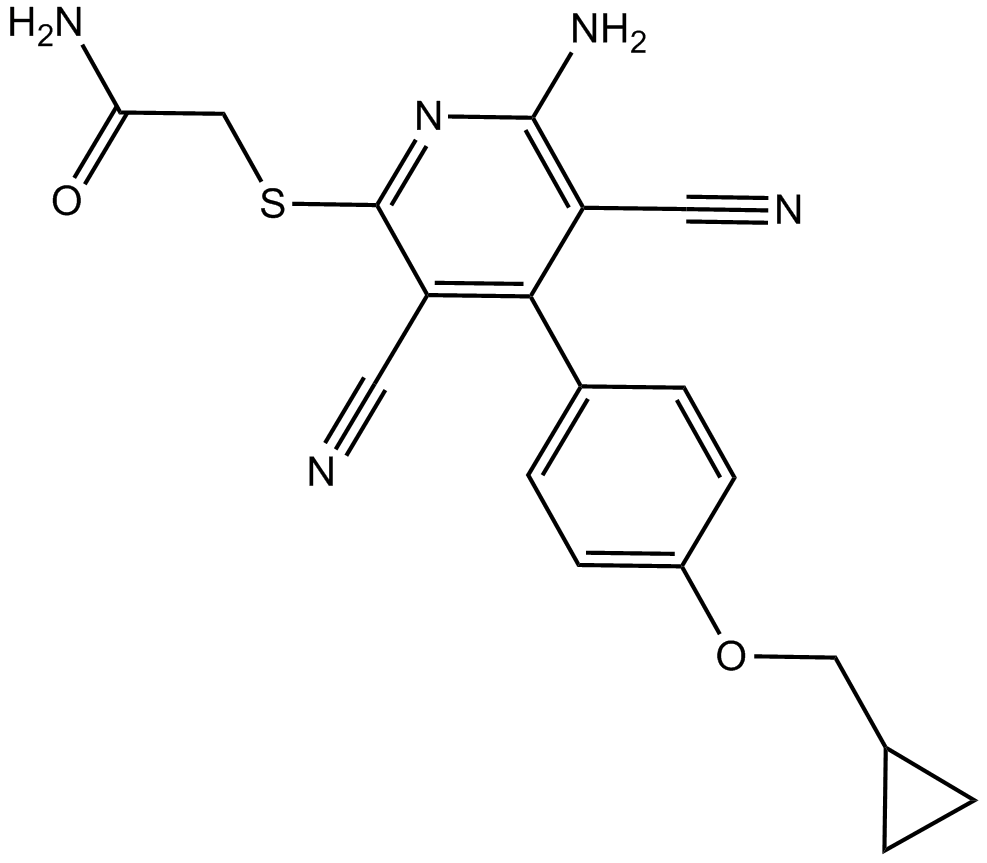 B5612 BAY 60-6583Target: Adenosine A2B ReceptorsSummary: Potent A2B receptor agonist
B5612 BAY 60-6583Target: Adenosine A2B ReceptorsSummary: Potent A2B receptor agonist -
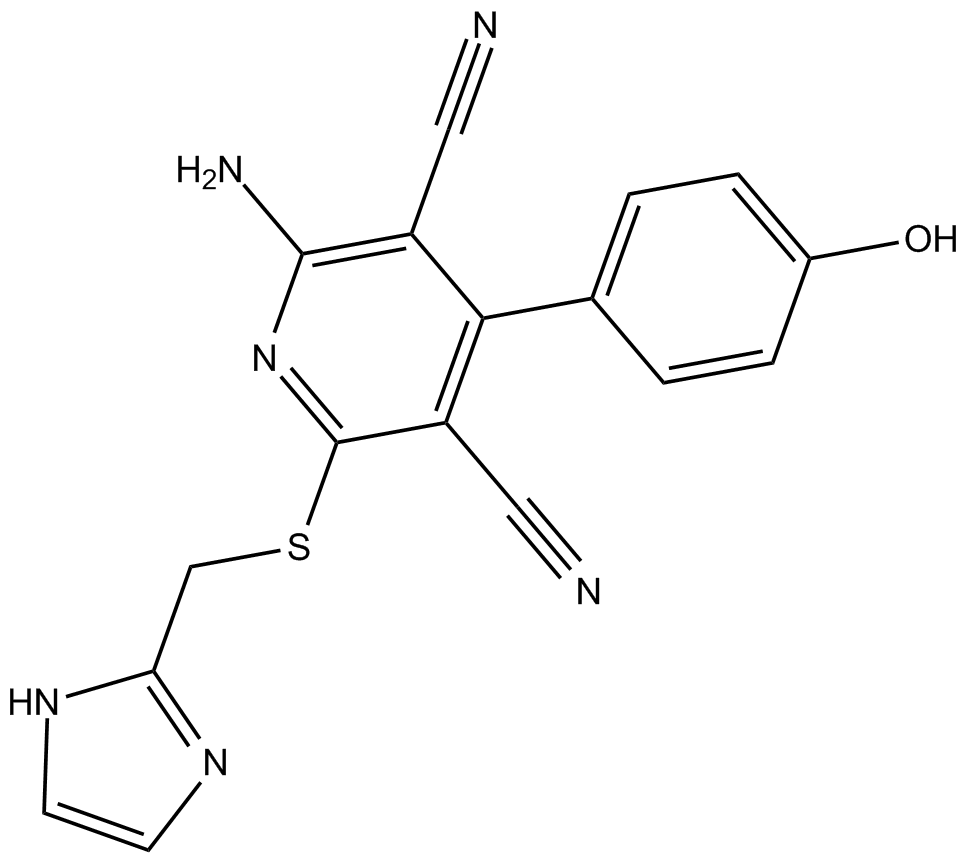 B5653 LUF 5834Summary: A2A and A2B adenosine receptor partial agonist
B5653 LUF 5834Summary: A2A and A2B adenosine receptor partial agonist -
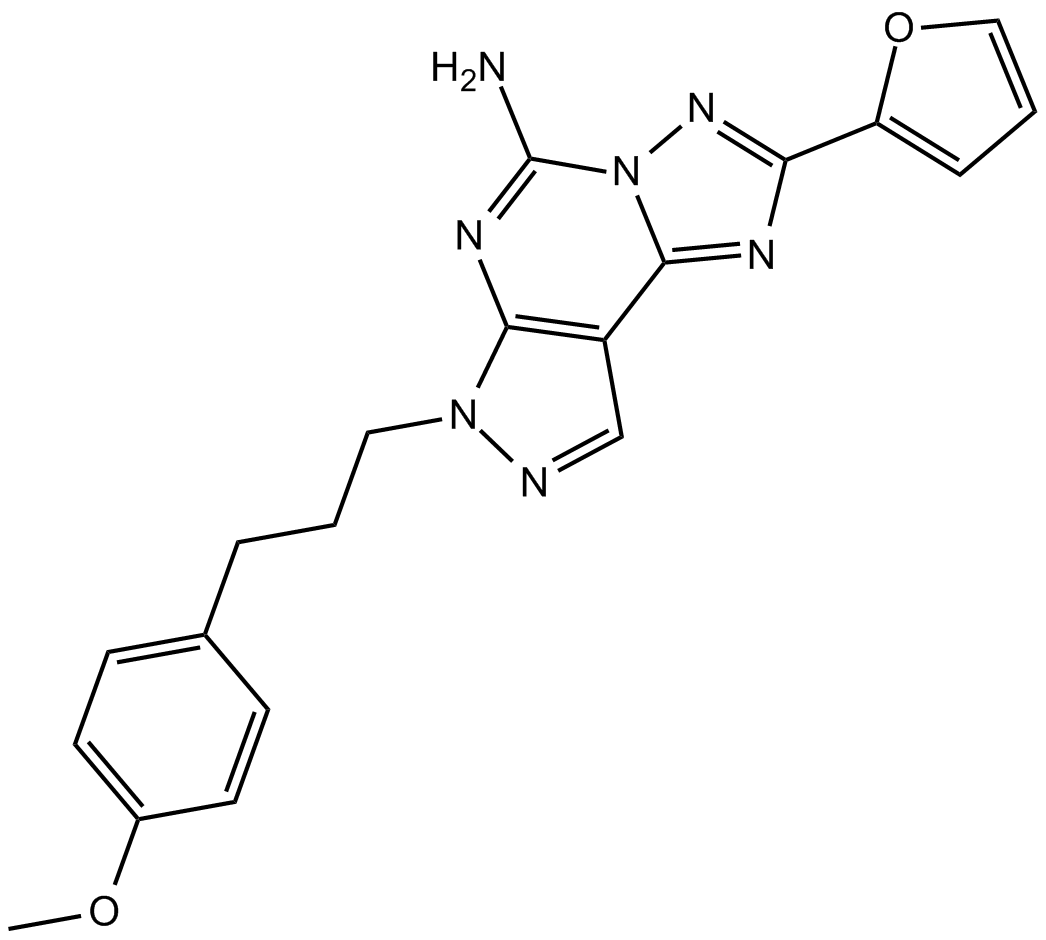 B7065 SCH 442416Summary: adenosine A2A receptor antagonist
B7065 SCH 442416Summary: adenosine A2A receptor antagonist

